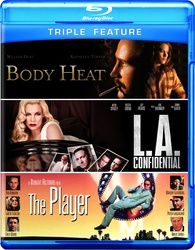 This month, I am giving away a must-have neo-noir triple feature from Warner Bros. on Blu-ray: “Body Heat” (1981, Lawrence Kasdan), “L.A. Confidential” (1997, Curtis Hanson) and “The Player” (1992, Robert Altman). I will post reviews of “Body Heat” and “The Player” later this month.
This month, I am giving away a must-have neo-noir triple feature from Warner Bros. on Blu-ray: “Body Heat” (1981, Lawrence Kasdan), “L.A. Confidential” (1997, Curtis Hanson) and “The Player” (1992, Robert Altman). I will post reviews of “Body Heat” and “The Player” later this month.
(Paul is the winner of the April reader giveaway, a Criterion DVD set of “Criss Cross” and a TCM mug. Congrats to Paul and thanks to all who entered!)
To enter the May giveaway, just leave a comment on any FNB post from May 1-31. We welcome comments, but please remember that, for the purposes of the giveaway, there is one entry per person, not per comment.
The winner will be randomly selected at the end of the month and announced in early June. Include your email address in your comment so that I can notify you if you win. Your email will not be shared. Good luck!





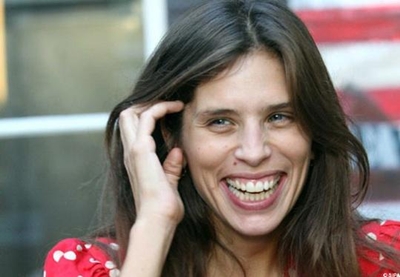

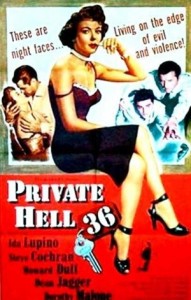
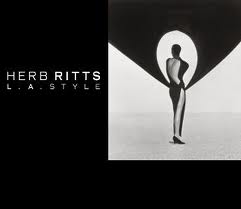
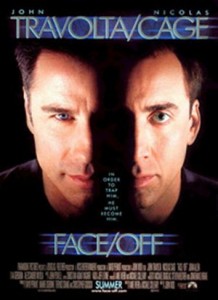
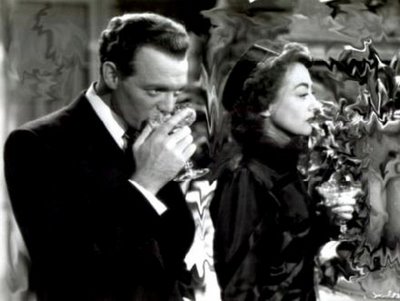
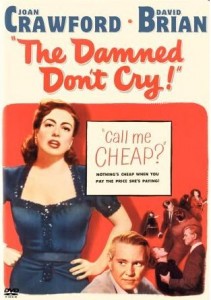
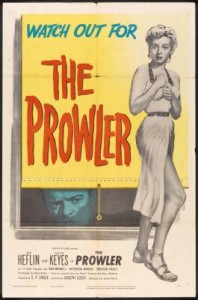
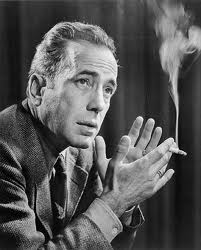
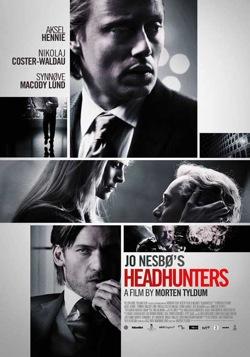
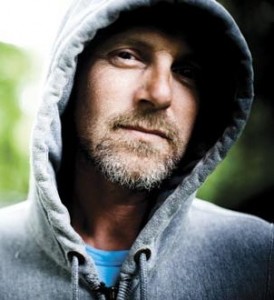

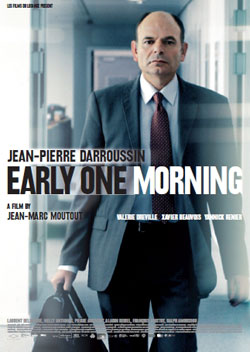

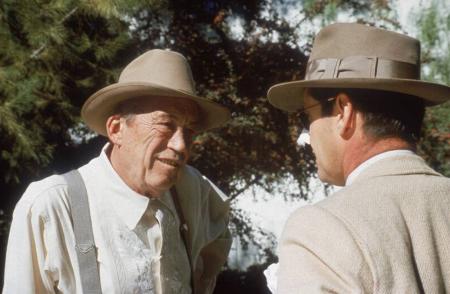
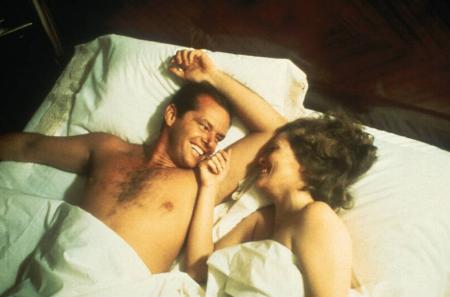
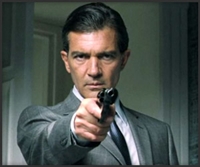
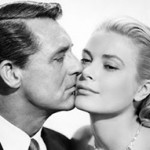
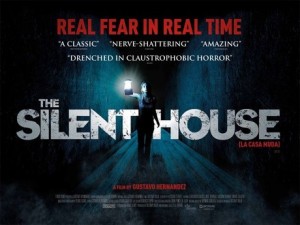
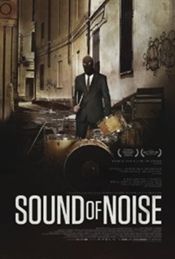





From FNB readers